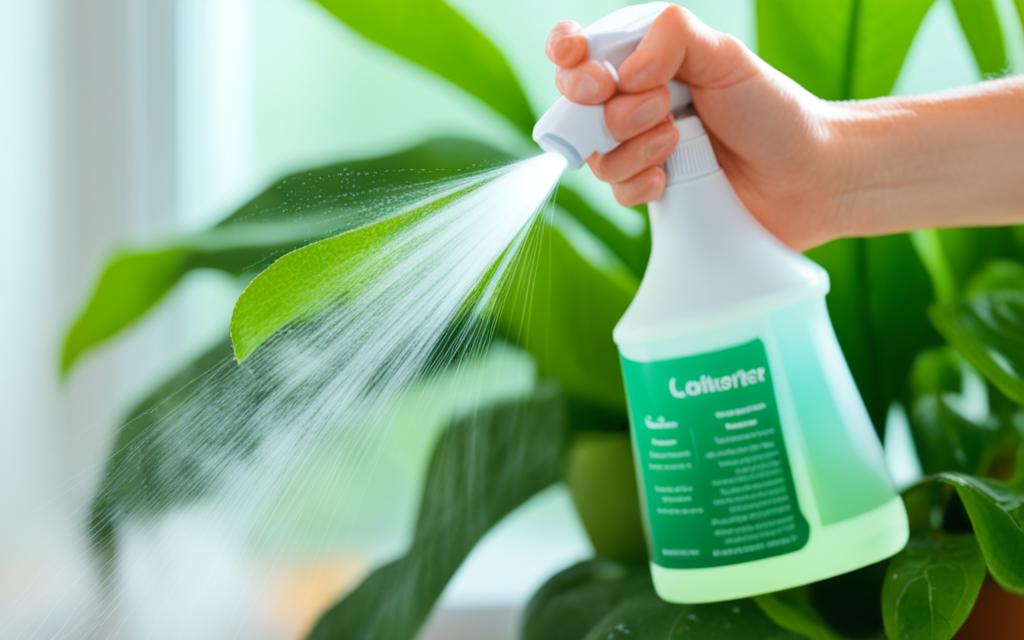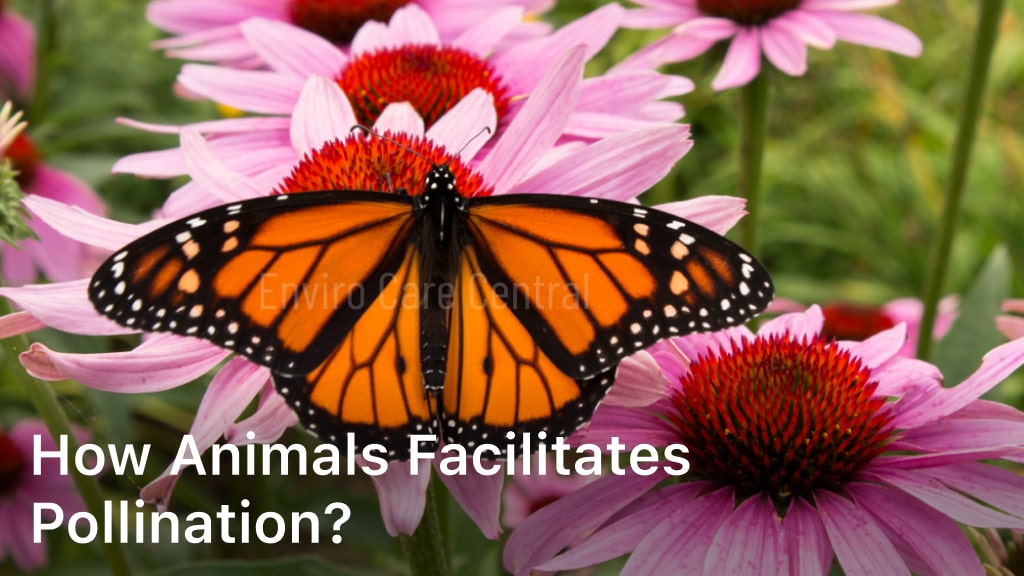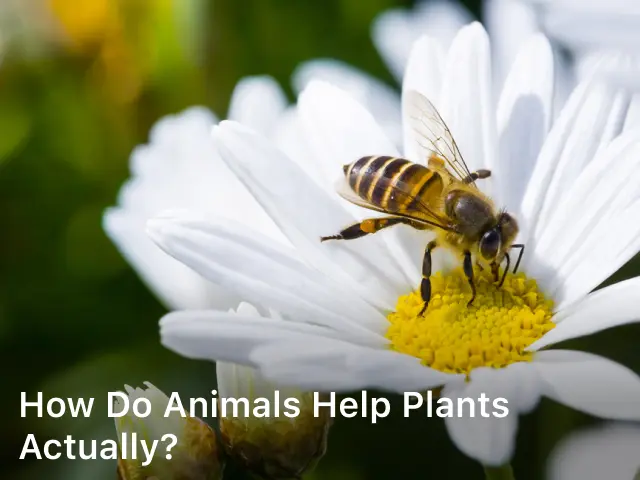How to Get Rid of Spider Mites on Indoor Plants

How to Get Rid of Spider Mites on Indoor Plants – This guide will show you the best ways to tackle spider mites on your houseplants. These tiny bugs can quickly spread and cause damage. We’ll look at both natural and chemical methods to get rid of them. By the end, you’ll know how to spot, stop, and kill spider mites on your plants.
Understanding Spider Mites
To fight spider mites on your indoor plants, you must know about them first. Spider mites, also known as Tetranychidae, are very small arachnids. They can grow fast and harm your indoor plants’ leaves.
What are Spider Mites?
Spider mites are common pests for indoor plants. They are almost invisible, being less than a millimeter big. These mites eat plant sap, which causes leaves to change color, make webs, and harm plants.
Signs of Spider Mite Infestation
It’s important to catch spider mites early on your plants. Signs of them include:
- Fine webbing on the undersides of leaves or between leaf stems
- Stippling or discoloration of leaves, often appearing as tiny yellow or white spots
- Leaf curling, wilting, or premature dropping
- Visible spider mites crawling on the leaves or stems
Conditions that Attract Spider Mites
There are specific things that make indoor plants more welcoming to spider mites. These include:
- Dry air or low humidity levels
- Excessive heat or direct sunlight
- Stressed or weakened plants
- Overcrowded indoor plant arrangements
Recognizing these signs helps you manage spider mites better. Understanding what they like can also prevent infestations in the first place.
Preventative Measures
If you want to stop spider mites from getting on your indoor plants, start by being proactive. Use methods that keep spider mites away. This lowers the risk of them infesting your plants. Here are three important ways to prevent spider mites:
Maintaining Proper Humidity Levels
Spider mites like dry air, so it’s key to keep your plant area humid. Try to have the air around your plants at 50-70% humidity. You can use a humidifier, mist your plants, or group them together to up the humidity.
Regular Plant Inspection
Checking your plants often for pests is crucial. Look under leaves and at the plant stems for signs like webs, moving spots, or color changes. Spotting spider mites early can stop a big problem later on.
Isolating New Plants
New plants should be kept apart from the others for a while when you bring them home. This lets you watch them for any spider mites or pests without risk to your other plants. Before you mix them in with your other plants, be sure to check and treat them if needed.
Natural Remedies
If you’re struggling to keep spider mites away from your indoor plants, don’t worry. There are natural ways to fight them off. Neem oil and insecticidal soap are great choices.
Neem Oil Solution
Neem oil comes from plants and has been used for ages to fight off pests. It clogs up spider mites’ breathing holes and disrupts their growth. This makes neem oil great for controlling spider mites organically.
Mix a bit of neem oil with water and spray it on your plants. Make sure to coat the top and undersides of the leaves.
Insecticidal Soap Spray
Insecticidal soap is another good option. It’s made to damage spider mites’ outer shells, drying them out. This soap is safe for most indoor plants and can be used again if needed.
Always cover the whole leaf with the soap spray. This includes the undersides where the mites hide.
Using these remedies can help you get rid of spider mites naturally. Remember to check and treat your plants regularly.
Chemical Treatments
Sometimes, natural ways aren’t enough to stop spider mites on indoor plants. You might need stronger chemical treatments. Let’s look at how to use miticides and stay safe doing it.
Miticides for Indoor Plants
Miticides, or acaricides, are pesticides made to kill spider mites. They work well for big infestations not helped by natural methods. Always be very careful with miticides. You must follow the instructions closely to keep your plants safe.
Precautions for Chemical Treatments
Chemical treatments are useful but need care. First, read all the directions on the product. This includes how much to use, how to mix it, and safety steps. Always wear protective gear like gloves and a mask. Also, make sure the place is well-ventilated. Try not to breathe in the chemicals or let your plants get too much exposure.

Cultural Control Methods
Cultural methods can help get rid of spider mites on indoor plants. They work by making the plant’s environment unfriendly for the mites. This reduces the mite population and stops more infestations.
Pruning Infested Foliage
One important way to handle spider mites is to prune the infected parts. Cut off leaves and stems with a lot of mites. This stops the mites from spreading and controls the problem at its start.
Adjusting Watering Practices
Changing how you water your plants can also reduce spider mite issues. Spider mites like dry conditions. Keep the soil moist but not too wet. This change in water can make your plants less inviting to mites.
How to Get Rid of Spider Mites on Indoor Plants
Eliminating spider mites from indoor plants needs a few strategies. It’s important to notice them early. Then, use a mix of ways to get rid of them completely.
Identifying the Infestation Early
The first step in removing spider mites is early detection. Look for their signs like webbing and unhealthy leaves. When caught early, controlling them is easier.
Combining Multiple Control Methods
Using different methods is key in fighting spider mites. Try natural, chemical, and cultural ways to control them. This approach boosts your success in removing them and keeping them away.
Be thorough and persistent when tackling spider mite issues on your plants. Act fast, vary your control methods, and you can protect your plants’ health.
Eliminating Spider Mite Hiding Places
Finding and removing spider mite hiding spots is key. This is crucial for keeping them away from your indoor plants. By doing this, you lower the chance of having an infestation or stop an existing one.
Vacuuming and Cleaning Plant Areas
Thoroughly cleaning around your indoor plants is a powerful method. Spider mites love to stay in dusty, dirty areas. By cleaning these places, you take away their homes.
When you vacuum, go over the leaves, stems, and the soil. Make sure you clean under the leaves too, as that’s a popular spot for mites. Reach into all those tight spots and corners. Dust builds up there, making a great home for spider mites.
After vacuuming, it’s time to wipe things down. Use a damp cloth or a safe cleaning solution. Clean the leaves, pots, and the areas around your plants. This gets rid of any leftover mites, eggs, or webs. It also makes their home less welcoming. This step really messes up their life cycle.
Always throw out the vacuum bag or empty its canister after you clean. This stops any mites from finding a new home in your house. Keeping things clean around your plants does a lot. It helps stop spider mites from hiding. So, you avoid getting an infestation.
Monitoring and Follow-Up
Keeping spider mites away from indoor plants needs steady monitoring. You should be ready to change how you fight them as you go. By checking your plants often and trying different ways to control mites, you keep your plants strong and healthy.
Continuous Inspection
Regular checks of your indoor plants are a must to spot spider mites early. Look closely under leaves for webbing, moving dots, or any changes in color. Finding mites early helps you deal with them quickly. Make a habit of looking over your plants every week, paying extra attention to new leaves.
Rotating Control Methods
Changing up how you control spider mites is key to stopping them from getting used to one method. Use a mix of natural options and chemical sprays, like neem oil and miticides. This keeps the fight strong against spider mites. It makes sure your plants get the thorough care they need.





